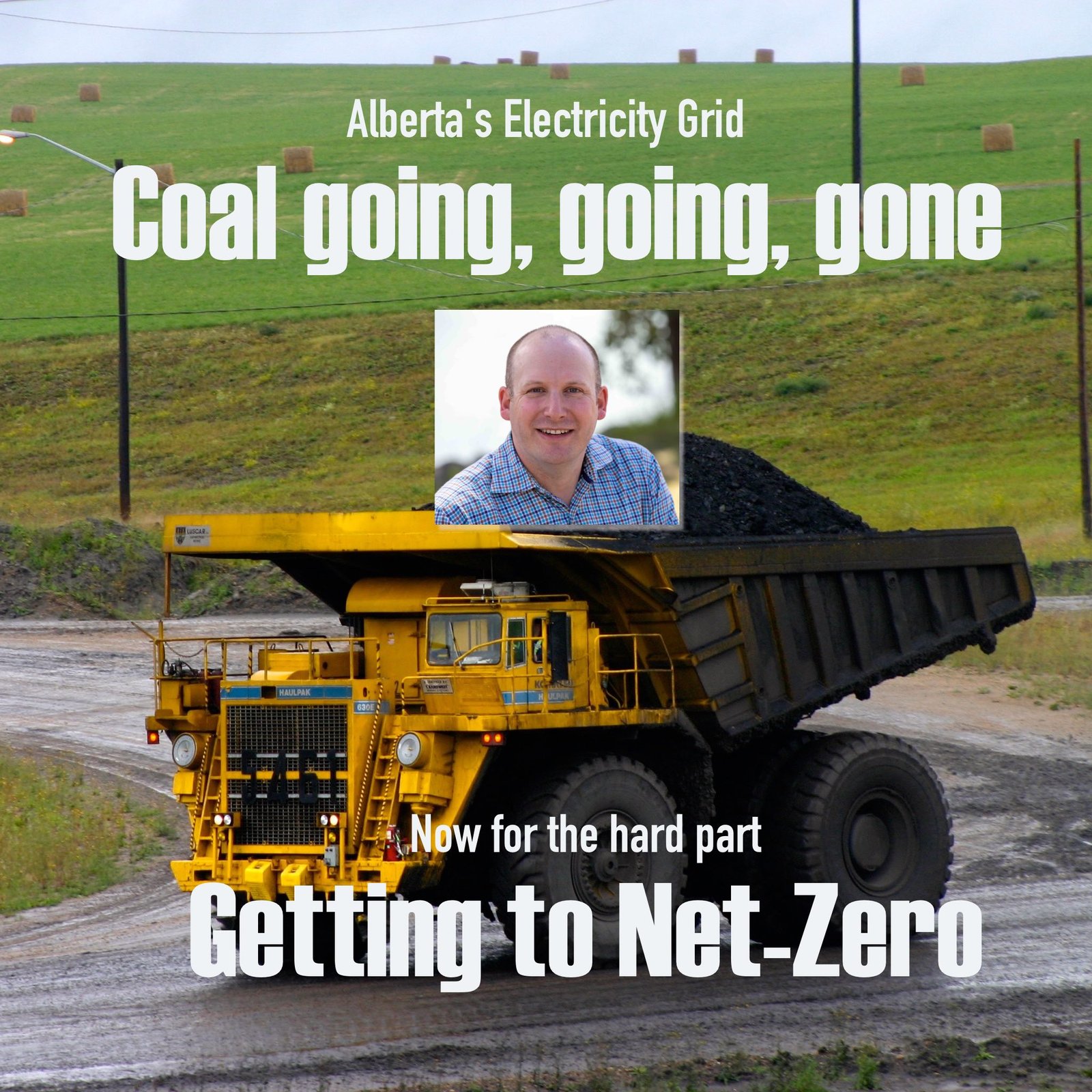By David Dodge, GreenEnergyFutures.ca
Alberta will mark the end of an era in 2023 when the last coal plant stops operating seven years early.
The achievement is noteworthy because of the speed at which it is happening and because “This will be the biggest greenhouse gas reduction in Alberta’s history,” says Dr. Blake Shaffer, an economist at the University of Calgary in an OpEd on the CBC website.
Ontario shuttered 7,560 megawatts of coal-fired plants over about 11 years as part of its green energy plan as of 2014.
Twenty years ago, Alberta got 81% of its electricity from coal. By 2016 this was down to about 50% and then in 2023 will eliminate coal-fired electricity generation.

As of December 31, 2021, only the three coal generating units at Genesee west of Edmonton are the only remaining coal units in operation and they are being converted to natural gas by 2023.
When the NDP government signaled in 2015, they were going to accelerate the phase-out of coal to 2030 “there was tremendous pushback” from the coal generators concerned about coal plants being shut down prematurely.
“The owners who were going to have their asset lives truncated by that 2030 hard phase-out got coal compensation agreements,” says Shaffer.
When the dust settled coal plant owners had been compensated with about $1 billion of carbon levy funds which made for very cheap emissions reductions, well below the carbon price charged. Coal was fast becoming uneconomic anyway, and it wasn’t long before the companies focused their efforts on the huge business opportunity of building the low to no carbon grid of the future.
Carbon Neutral is the target now
The end game is now net-zero emissions. Canada has committed to net-zero by 2050 and 40-45% reductions in emissions by 2030. The City of Edmonton has a goal of carbon neutrality by 2040, the City of Copenhagen by 2025, and even power companies such as Capital Power which produces about 20% of Alberta’s electricity has a goal of net carbon neutral by 2050 and a 65% reduction in emissions intensity by 2030.
When the coal phase-out was announced we heard the refrain that it was “technically infeasible.” But if that transition was hard, “getting to zero will be very hard,” says Shaffer.
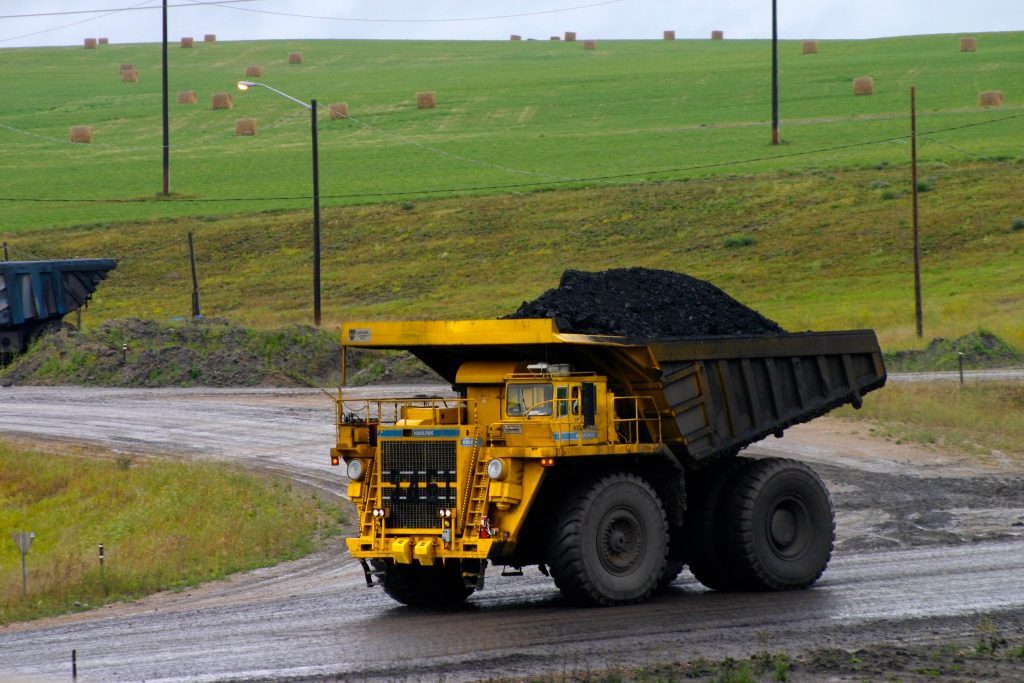
“I’m trying to hold on to that as we face our next challenge: getting to zero by 2035. Because we’re going to hear the same feedback: It’s not possible. It’s technically infeasible,” says Shaffer.
Is gas the new coal?
Some coal plants in Alberta were simply shuttered, while many others were or are being converted to natural gas or the more efficient combined-cycle natural gas. Generators say this is needed to firm up the electricity supply as we add more and more renewable energy.
The price of gas in Alberta is seen as low risk, but it comes with a carbon liability. It’s only about half the emissions of coal, but with lots of gas plants, the numbers begin to add up.
“It’s not obviously the best thing in terms of ultimate decarbonization, but it’s a useful tool as something that’s going to last for perhaps another decade,” says Shaffer.
Fortunately, the repurposed plants are already old and it’s much cheaper to repurpose them than build new ones, but it leaves open the long-term question of how to get to net-zero.
U.S. Energy projections show natural gas growing as an alternative to coal, but renewables overtaking gas over time.
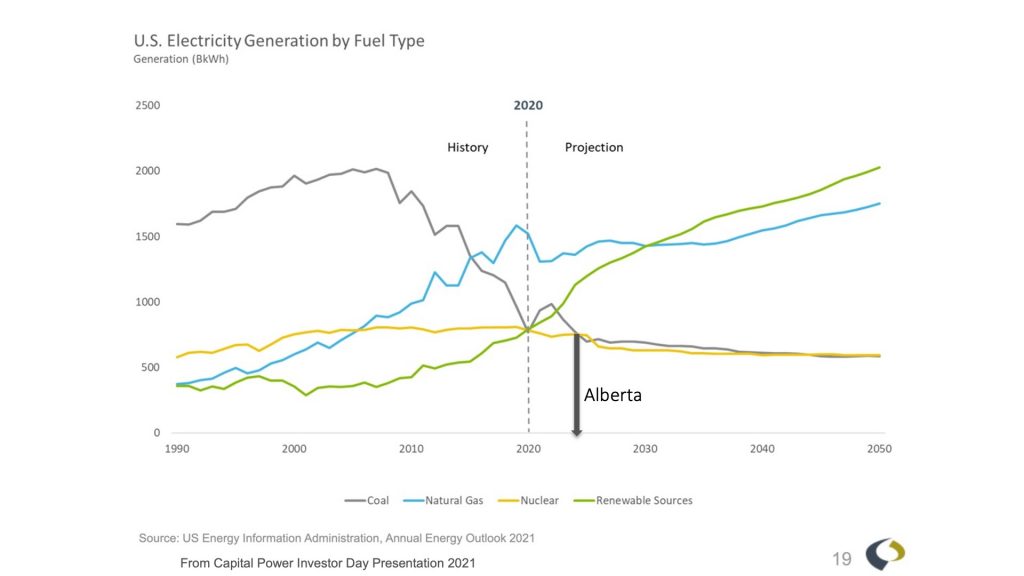
“Wind and solar will be big in Alberta, because they’ve gotten so cheap, like really cheap,” says Shaffer. But that alone does not solve the dilemma of producing electricity when the wind stops blowing during one of those long winter cold spells as happened in late 2021.
Four buckets of solutions on the pathway to net-zero
There are many strategies for taking the next, harder step towards net-zero, and they fall into four large buckets says Shaffer.
We will need a portfolio of resources to solve this dilemma, says Shaffer.
1. A Clean Supply of Energy
The first big bucket of solutions is a clean supply of new energy that works with renewables such as natural gas with carbon capture and storage (CCS), hydrogen, nuclear or geothermal, says Shaffer.
Capital Power is building a CCS capability into their Genesee coal to gas conversions. They are also using hydrogen-ready technology in those plants.
“Nuclear is another one that has long lead time and questionable economics at this point, in terms of new builds,” says Shaffer. And geothermal is still at the pilot stage and unproven as a big scale producer of electricity.
2. Demand side – managing when we use energy
Smart grid and home technologies are being developed and tested all over the place right now such as the DCBEL Home Energy Management system developed by a company in Montreal. It charges electric vehicles (EV) fast, is a solar inverter and a sophisticated energy management system that can be programmed or take signals from the grid as an example. This technology is being used in California, New York, and Texas.
The big wildcard these days is electric vehicles that are coming on very fast which can either be a big problem or part of the solution to shifting demand for electricity. These solutions require action now to accommodate and use them to work with the grid.
Summerside, Prince Edward Island carried out one of the most innovative demand shifting projects when they built a smart grid and connected a few hundred home heating devices that could convert wind power and store it as heat for later use.
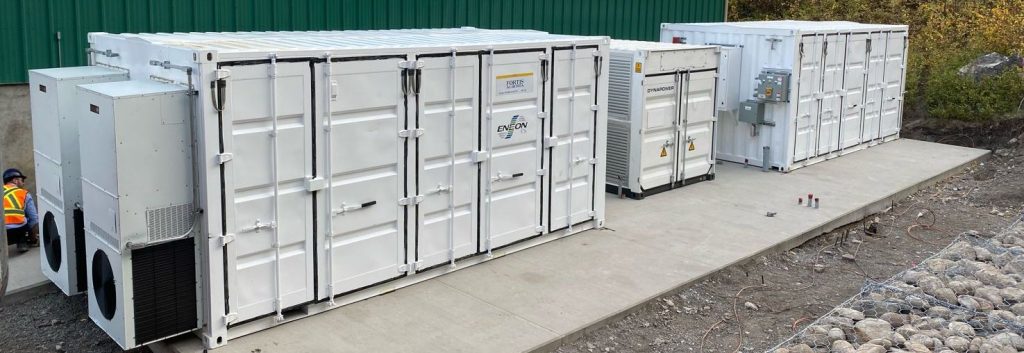
3. Energy storage solutions
Energy storage will most certainly play a role in the net-zero grid of the future, but battery storage is a short-term solution, good for many things, but not prolonged periods when the wind doesn’t blow. Companies like TransAlta are building pumped storage projects and increasingly in Alberta proposals are appearing for renewable energy plus storage.
A longer-term solution is energy exchange between a renewable energy-producing region and another with large hydro dams.
And then there is the idea of using excess renewable energy to make hydrogen. Wind energy could be used to make hydrogen which can be stored and used to fuel big trucks, trains, heat buildings, or in power plants.
4. Moving energy around to where it’s needed
We can “take advantage of complimentary resources across regions,” says Shaffer. When the wind is blowing in Alberta that energy could be moved to other jurisdictions where the wind is not blowing, or for example, they have significant energy storage such as hydro dams in British Columbia.
“Increasing the ability for us to, to trade with our neighbors is something that will be increasingly valuable,” says Shaffer. It really makes a lot of economic sense to upgrade the transmission to other regions, but differing regulations and politics make this a lot harder than it sounds. Alberta has “discussed increasing interprovincial transmission for 50 years,” says Shaffer. Sadly, politics often trumps economics. But it does look like there will be increased pressure to consider this as jurisdictions face the challenges of getting to net-zero.
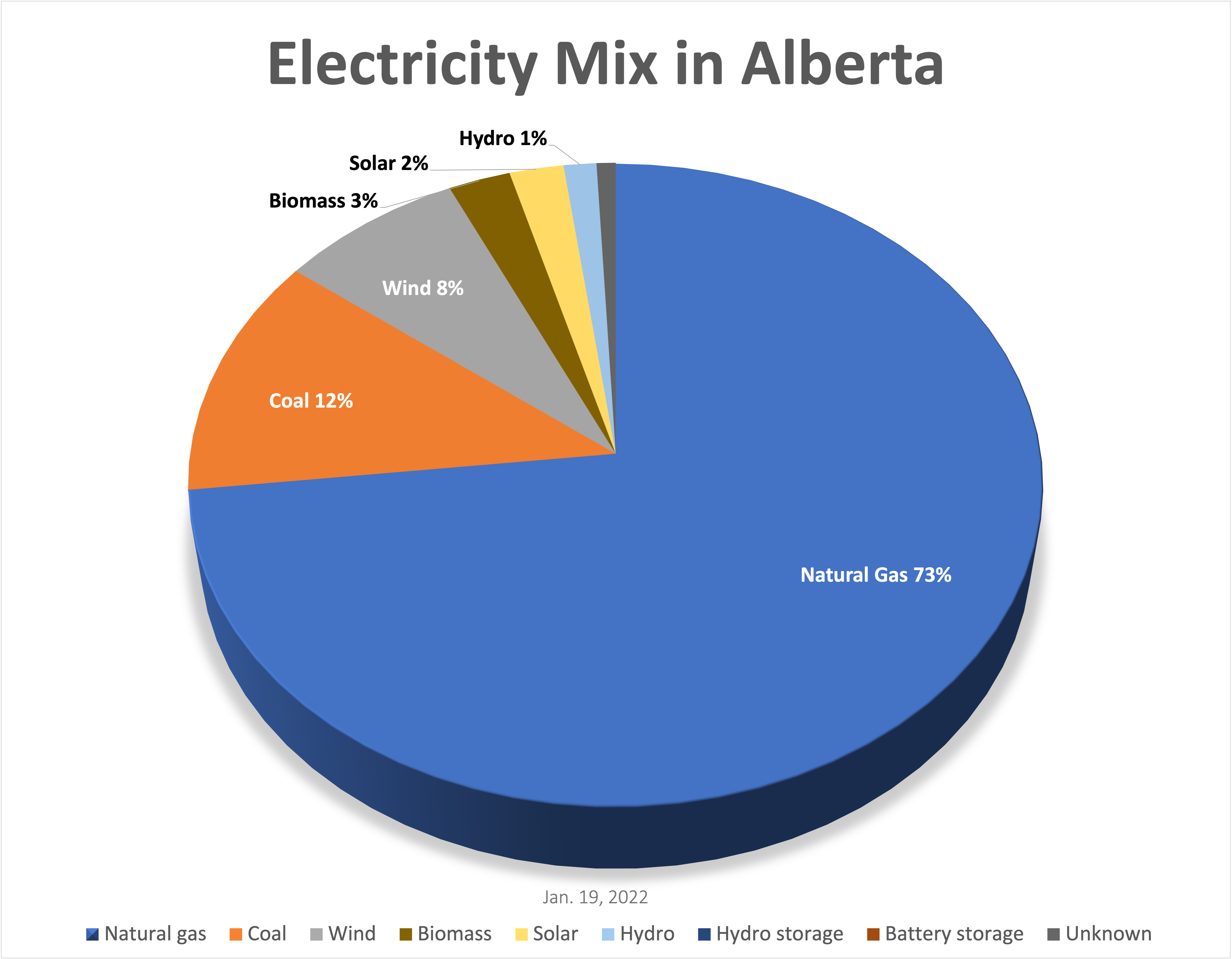
Coal phase-out seemed hard at the time, but once the commitment was made solutions were found and that challenge is now behind us and ironically the companies are flourishing.
Shaffer is excited about innovations such as smart technologies and EVs as solutions instead of problems. But EVs are coming much faster than many anticipated and it transition will be much more painful if we wait to make the appropriate changes.
“I’m looking to see that happen now, not to wait to the point that we have 10 to 20% penetration of EVs in the region when it’s too late, and we’re starting to have to build out this extra infrastructure to accommodate it, which everyone pays for,” says Shaffer.
One thing is certain, while the coal phase-out was a monumental change; it seems to be working out well, and that’s only the beginning of innovation and disruption.
“I’m pretty excited about the possibilities of a changing relationship between customers and the utility,” says Shaffer. Already in Alberta, there are almost 7,000 electricity producers in a market that had a few dozen 25 years ago. Most of these are small solar producers on homes and businesses, but rooftop solar is just getting started. And the onslaught of electric vehicles will bring another sea change that will demand creative solutions and engagement with consumers as will smart technologies.
The key in this time of extreme disruption and innovation is flexibility and to avoid banking on any seemingly magic pill solutions because there is considerable risk that it may not be a good economic, environmental, or technical solution for long.
